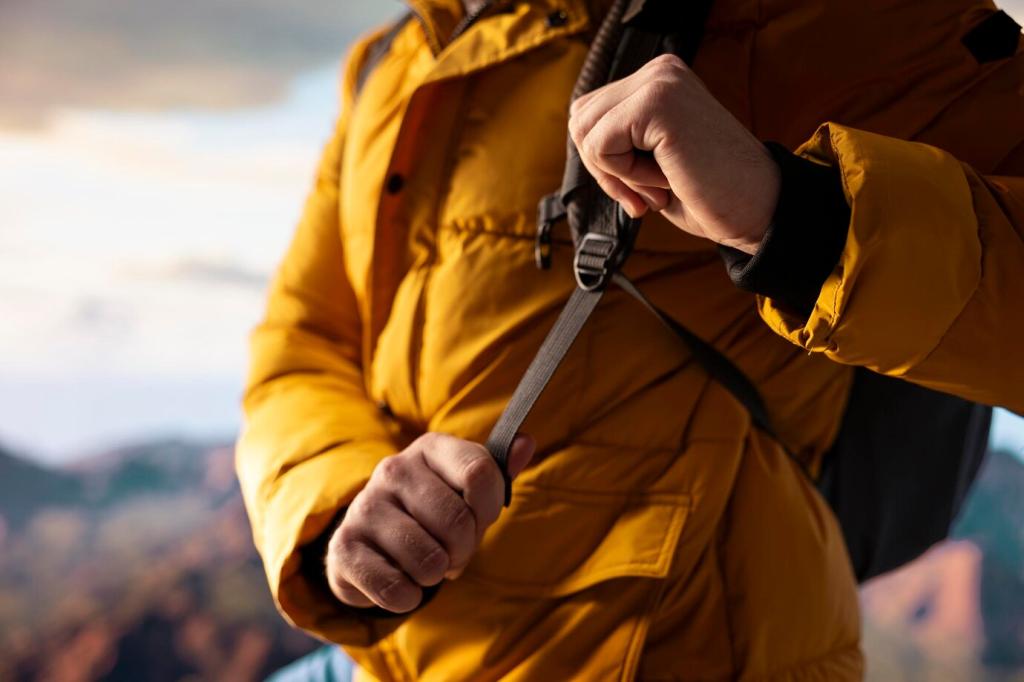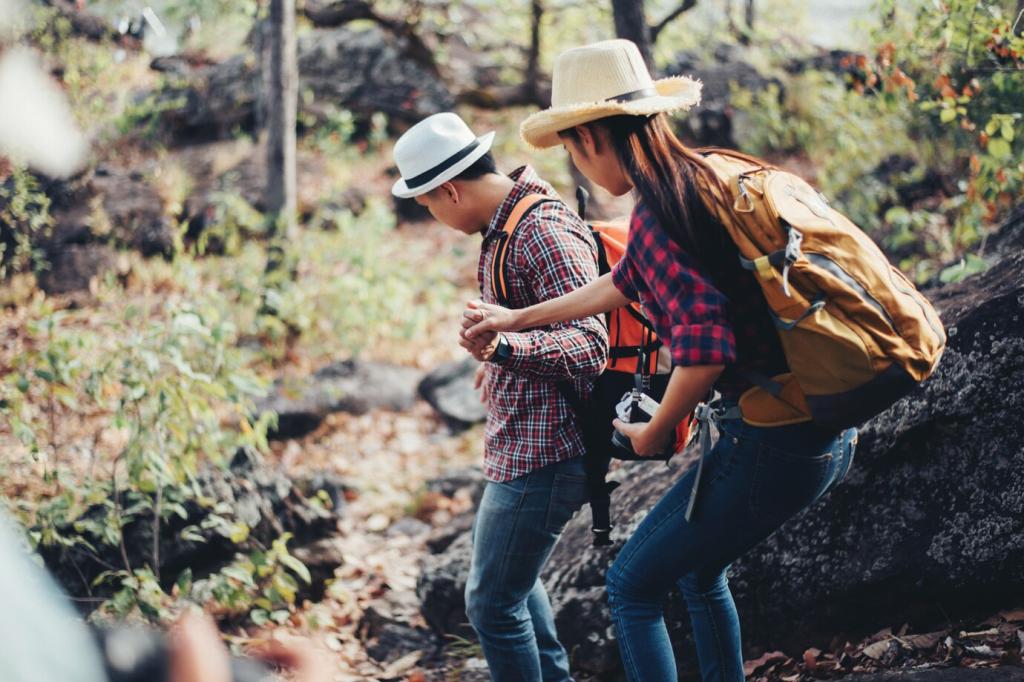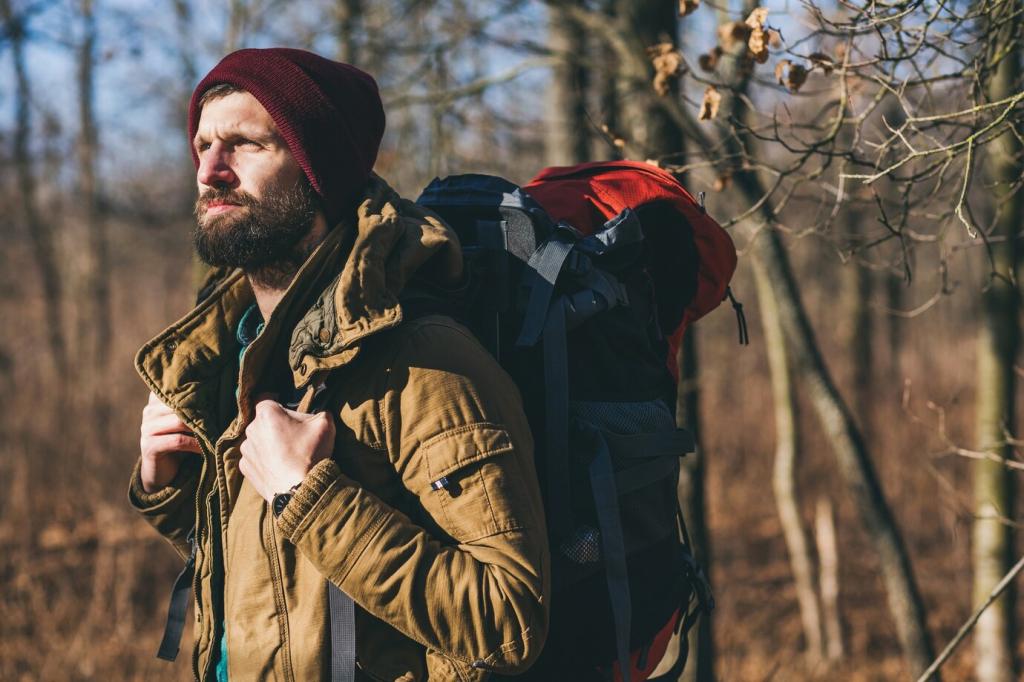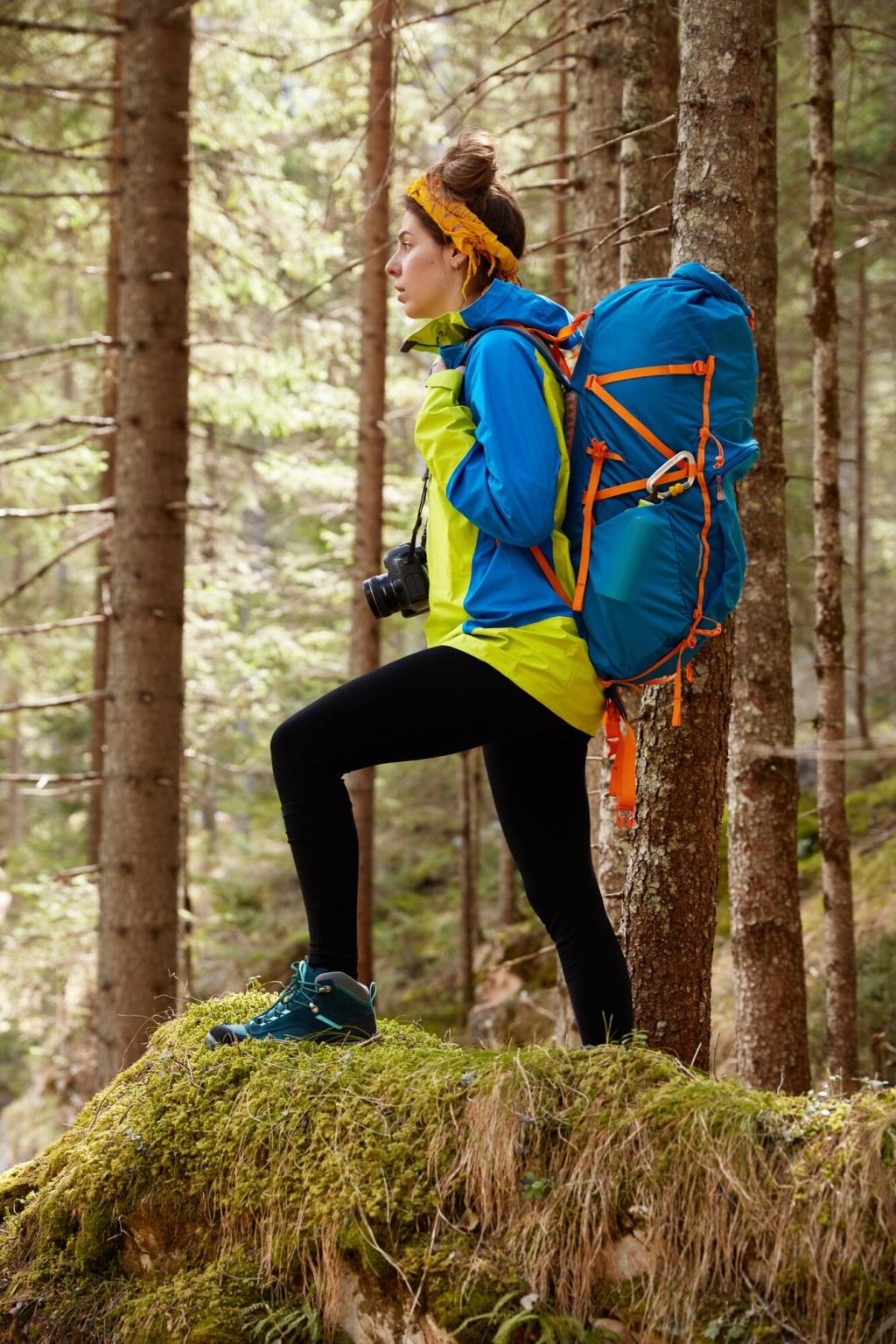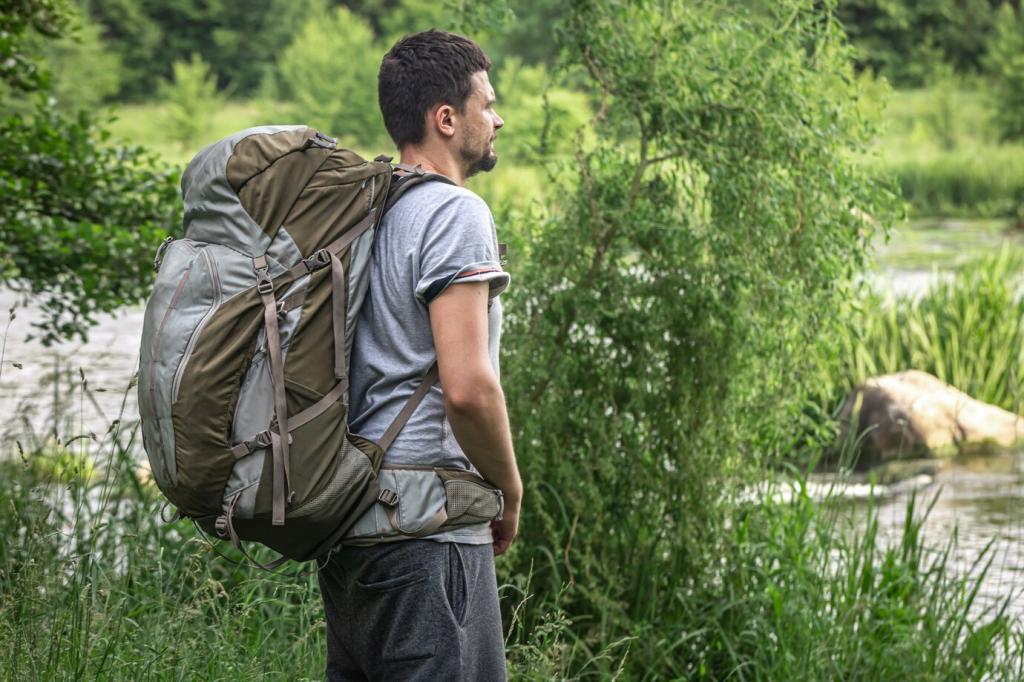Permits, Access, and Community Intel
Check reservation windows, day-use quotas, and seasonal fire restrictions. Weekday starts and shoulder-season dates often reduce competition. Screenshot confirmations offline. If plans slip, have a second-choice objective ready. Drop your favorite low-key permit alternatives that still deliver big views without the stress of peak demand.
Permits, Access, and Community Intel
Monitor forest gates, snowpack reports, and recent trip logs. Carry tire chains when appropriate and track plow schedules. Budget time for rough, thawing approaches. Mark overflow parking and vehicle turnarounds. Comment with the most reliable road-update sources for your region to help fellow hikers plan smarter.

